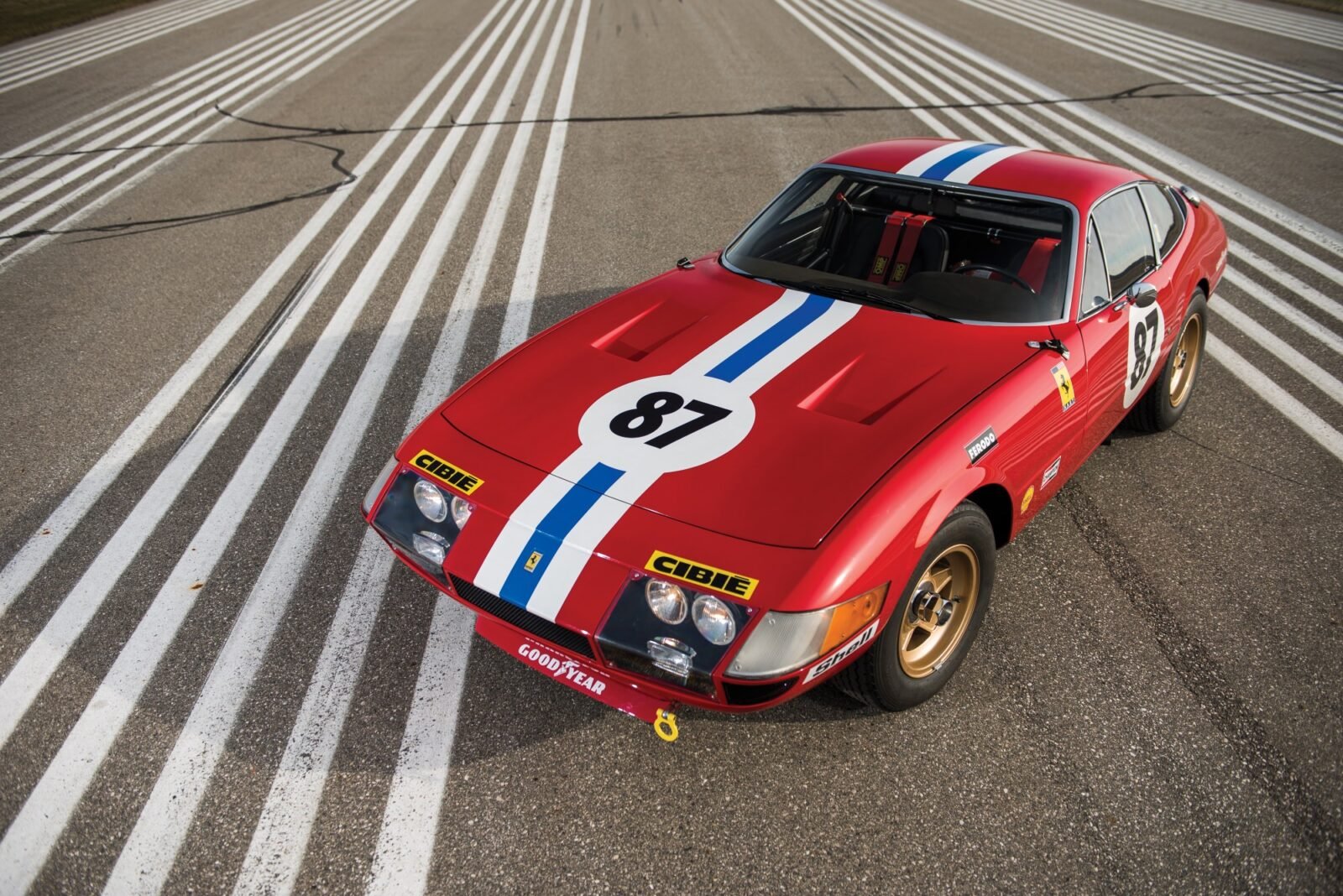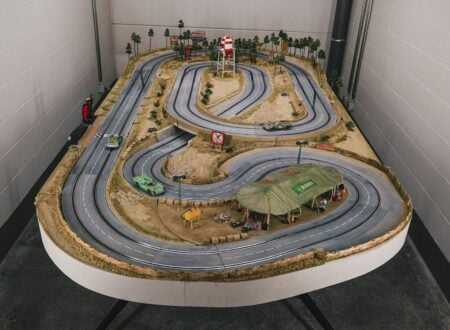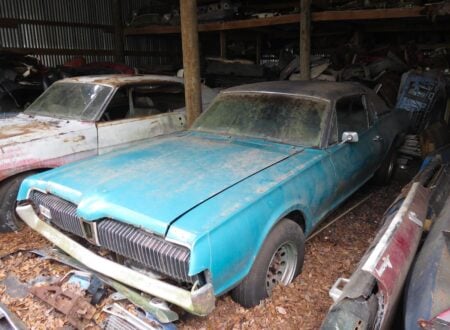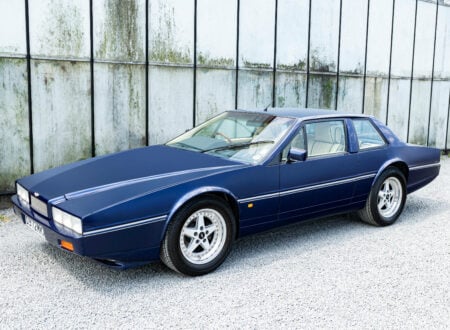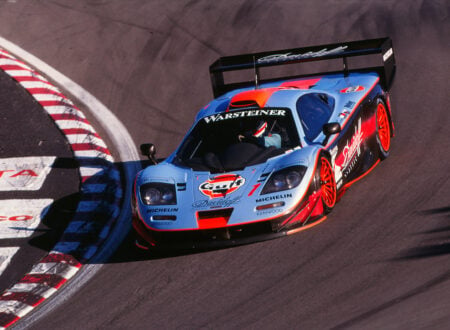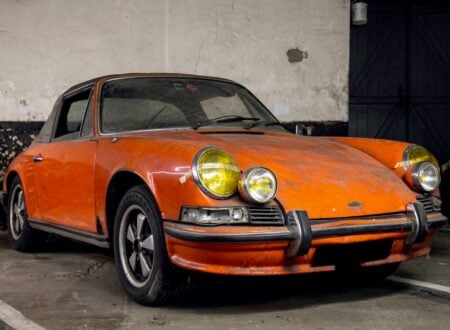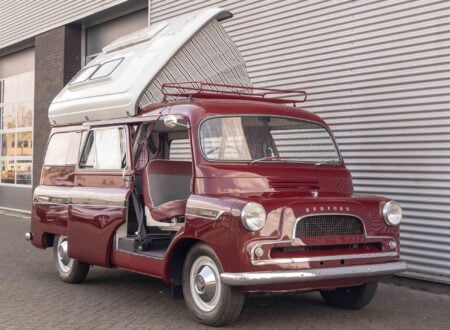The 365 GTB/4 Daytona is a car built by the Italians at Ferrari to win back the “World’s Fastest Car” crown from the Italians at Lamborghini. It was never intended to be known as the Daytona, rumour has it that Enzo Ferrari hated the name, but after the marque’s decisive 1-2-3 finish at the February 1967 24 Hours of Daytona the press came up with the nickname – and it stuck like glue.
The Almost Competizione
The car you see here is one of the most interesting examples of the Daytona to come up for sale in recent memory. It was ordered by by racing driver and Ferrari dealer Gordon Tatum on behalf of his client, Gregory Richter. Tatum placed the order through Luigi Chinetti, and unbeknownst to Richter he ordered it with special preparation for competition.
Once the car arrived stateside, Tatum kept it for himself and began preparing it for competition at Sebring – his plan was to race the car, hopefully not crash it, and then presumably to return it to road-spec and deliver it to Richter.
Before the Competizione Conversion process could be completed the ruse was discovered by Richter, who was furious to learn of Tatum’s deception. The lawyers were hired and court proceedings began, the Ferrari’s race preparation was halted, and unsurprisingly the court case was won by Richter.
It appears that the debacle had soured Richter’s desire for the car, and he soon sold it on. In a way it’s a shame the car never went through the Competizione conversion process – just 15 factory Competizione 365 GTB/4s were built, and 9 other cars are officially recognised as having been converted in period. If Tatum had had his way, this car would likely have been number 10.
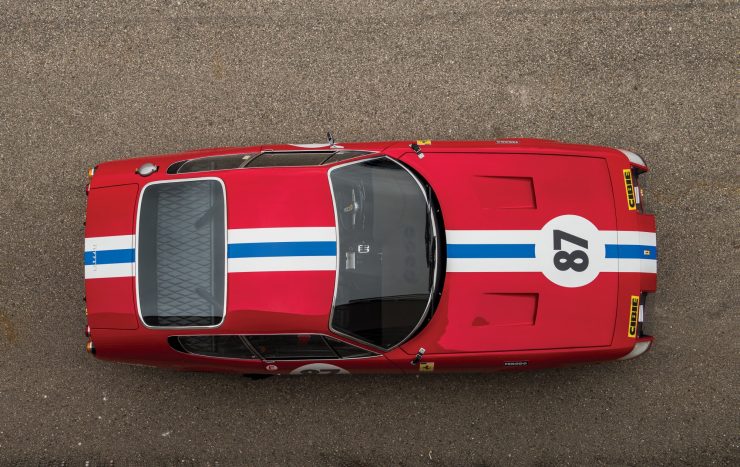
The Ferrari 365 GTB/4 Daytona Competizione
For reasons that are not entirely clear, Ferrari was very reluctant to officially race the 365 GTB/4. Over the course of its 1968 to 1973 production run, the official Scuderia Ferrari team never competed with it. Instead it was raced by privateers like Luigi Chinetti and his North American Racing Team (NART), the first competition examples were built in 1971 with all-aluminium bodies, flared wheel arches, a small chin spoiler, wider wheels, no quarter bumpers, and aerodynamic fences on the front wings.
Later versions would keep the stock steel bodies with the aluminium bonnet, boot lid, and doors of the regular road cars – but they had even wider wheel arches to accommodate significantly wider wheels and tires. Later still, the 3rd series had only the boot and hood in aluminium, but more attention paid to their engines, which were carefully built and balanced, making them ideal for endurance racing applications.
Despite the initial reluctance of Ferrari to race the 365 GTB/4 themselves, they now take great pride in its achievements. At the 24 Hours of Le Mans in 1972, the car would take the top 5 positions in its class, with additional class wins in 1973 and 1974. One of the most impressive feats achieved by the Daytona Competizione was its 2nd place finish at the Daytona 24-Hour Race – 5 years after it had left production and 12 years after it had first been designed.
Today, the surviving examples of the Ferrari 365 GTB/4 Daytona Competizione are highly sought after. Their 4.4 litre DOHC V12s produce between 350 bhp, 400 bhp, or 450 bhp depending on the year of manufacture, and all used a 5-speed gearbox topped with 6 Weber 42 DCNF carburettors.
Although it was converted to Competizione specification more recently, the fascinating history of this car and its ties to both Luigi Chinetti and (almost) Sebring are likely to make it a favourite with collectors and vintage racing enthusiasts.
RM Sotheby’s estimate that it’ll fetch between $1,250,000 USD and $1,500,000 USD when it comes up for sale at the Amelia Island Auction on the 11th of March. If you’d like to read more about it or register to bid you can click here to see the full listing.
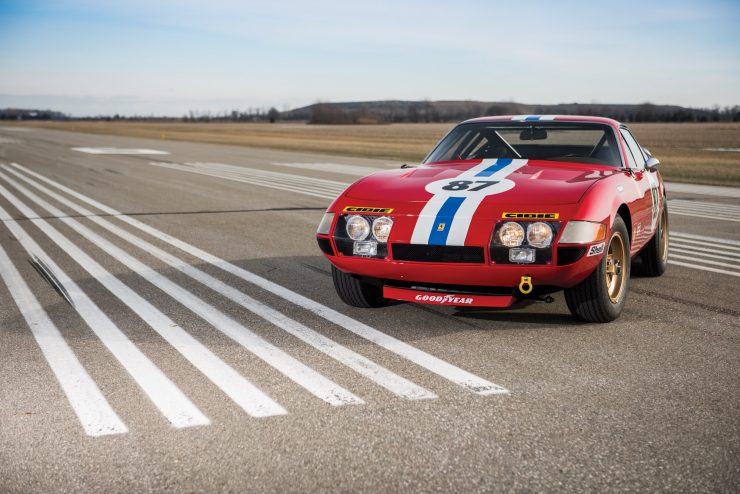
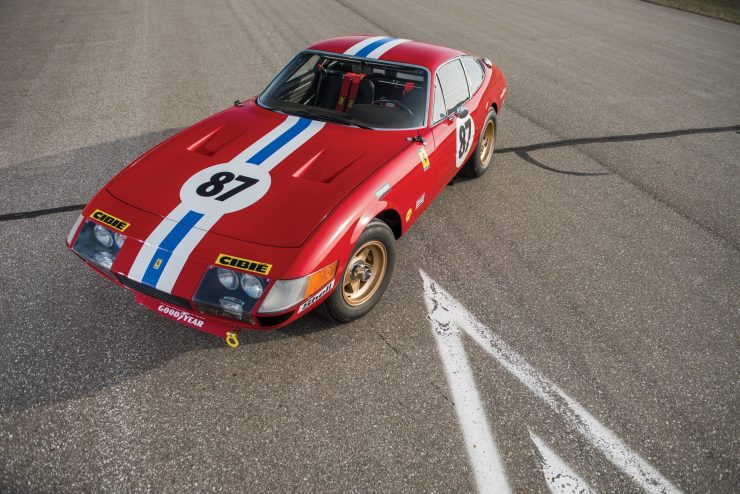
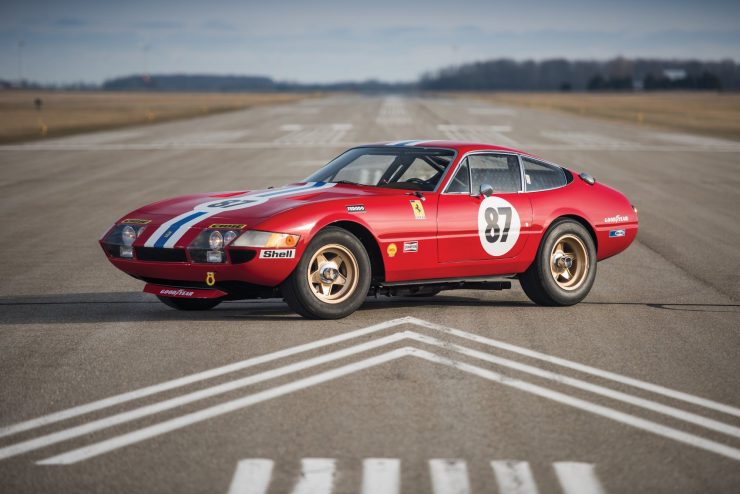
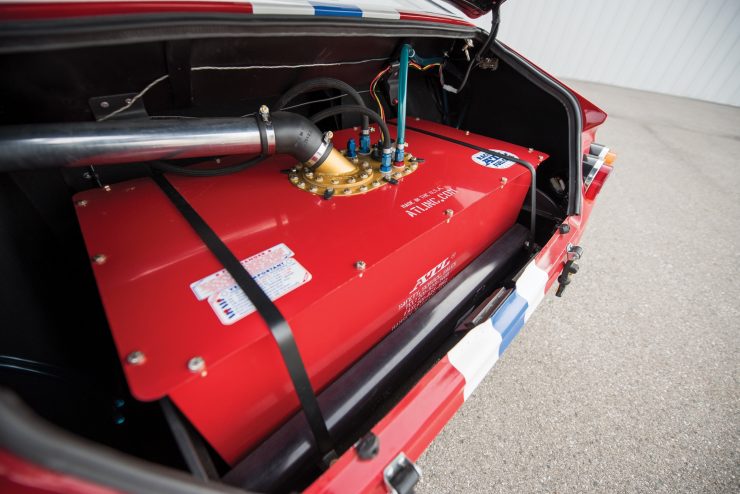
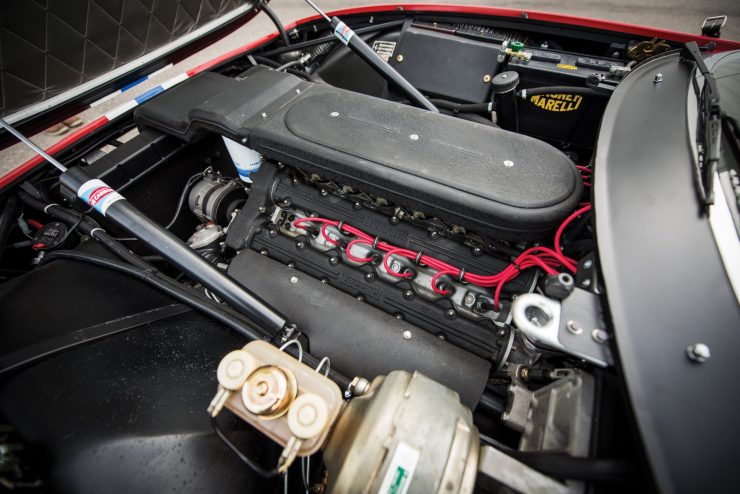
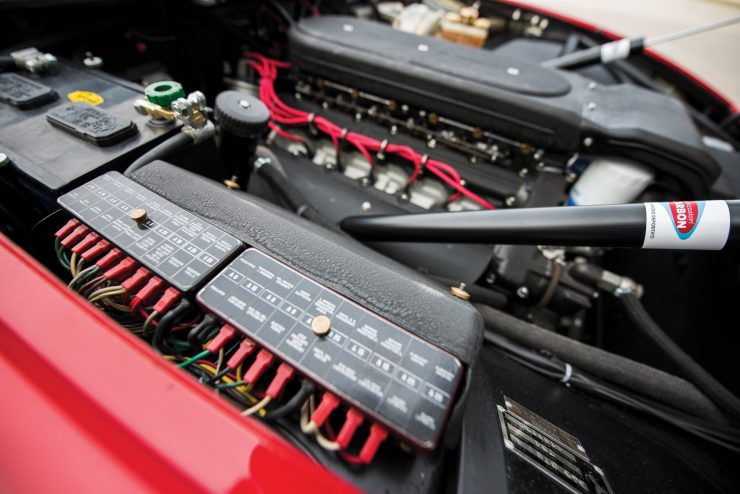
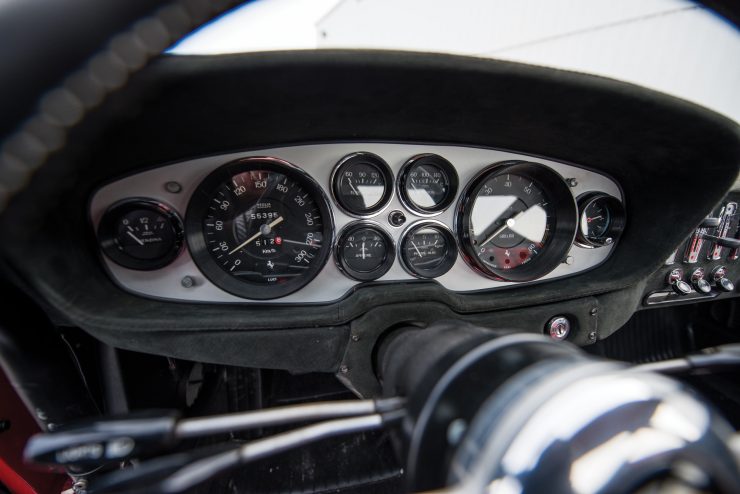
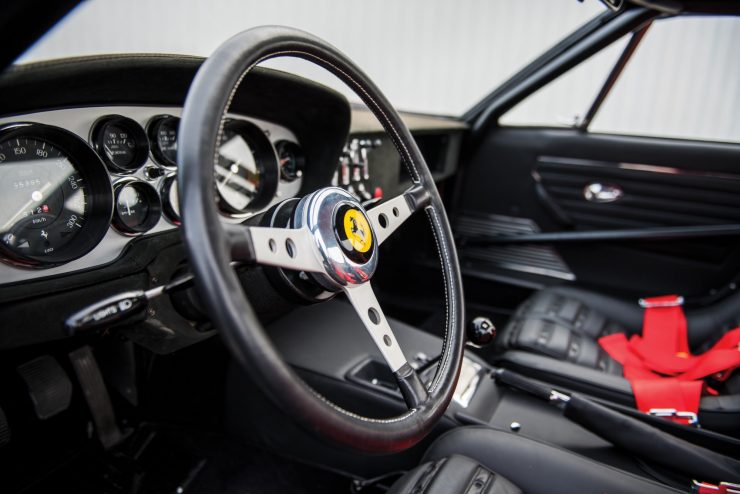
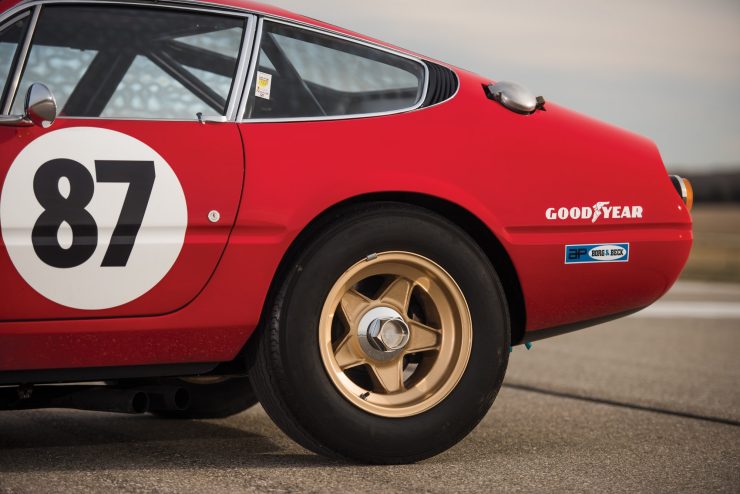
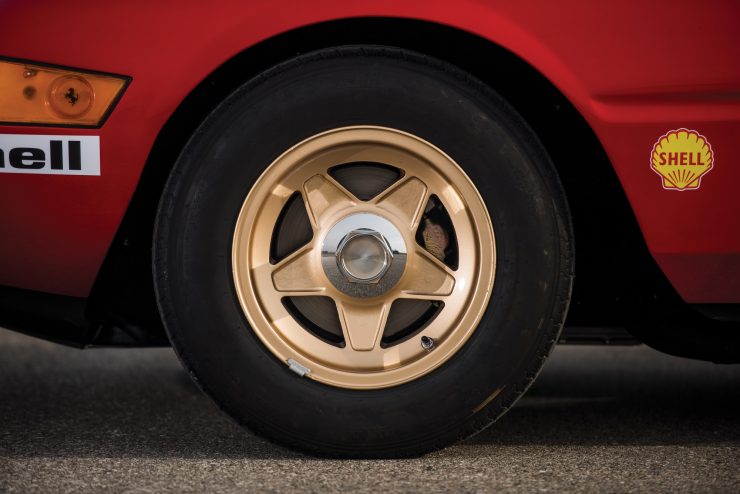
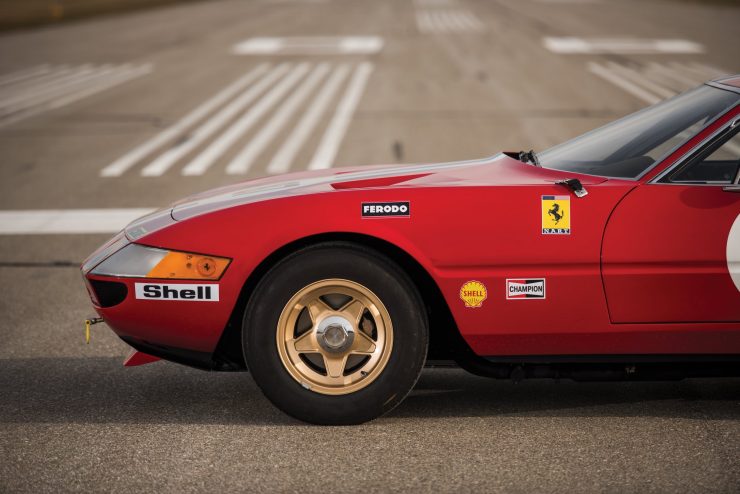
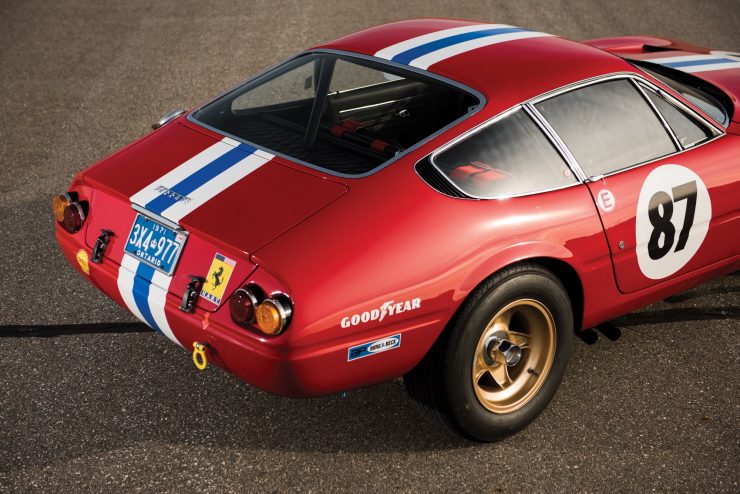
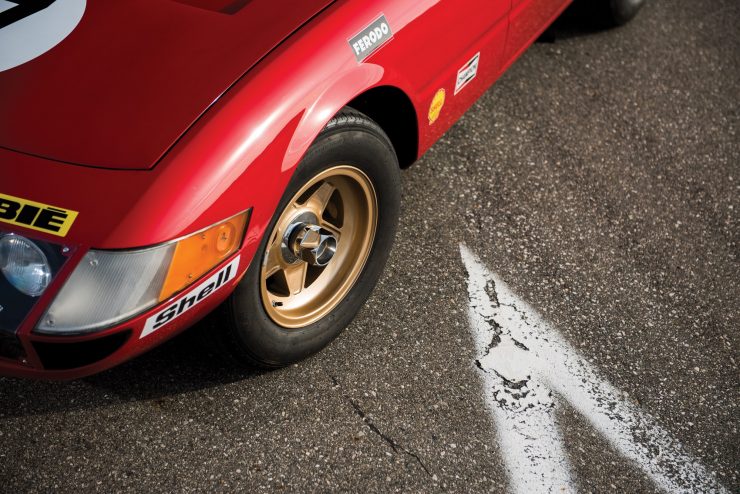
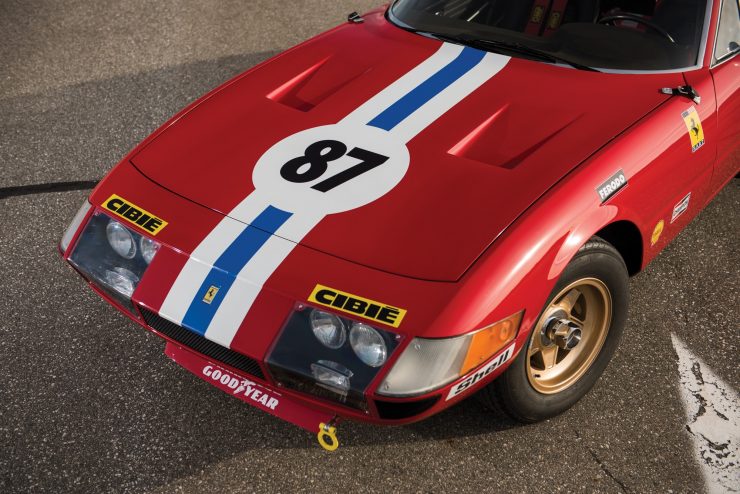
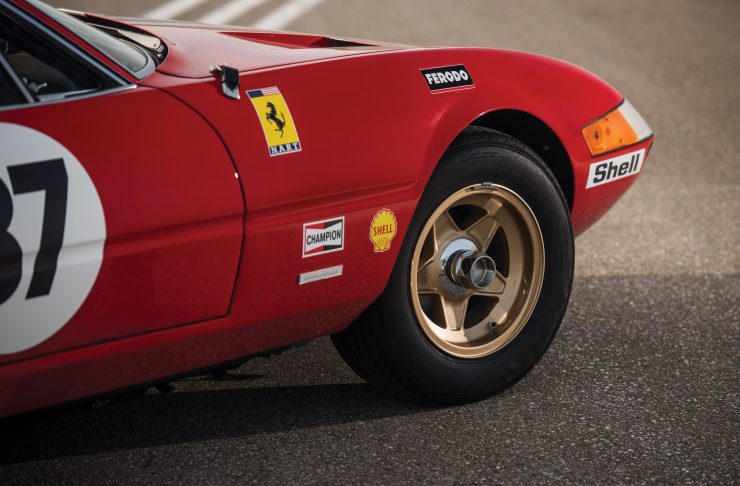
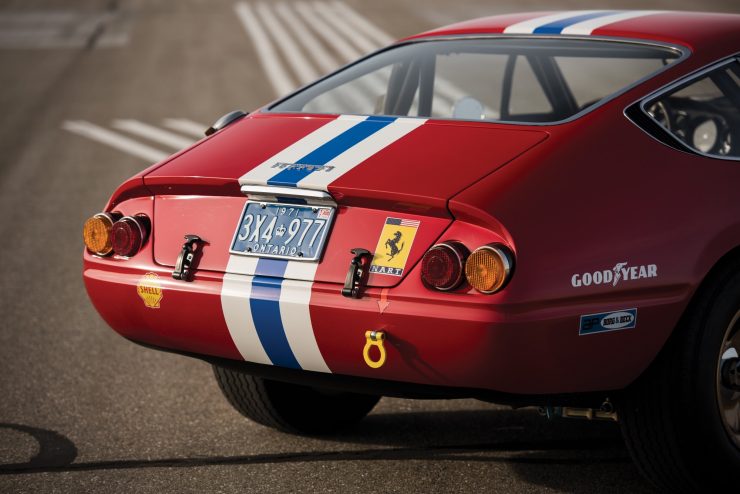
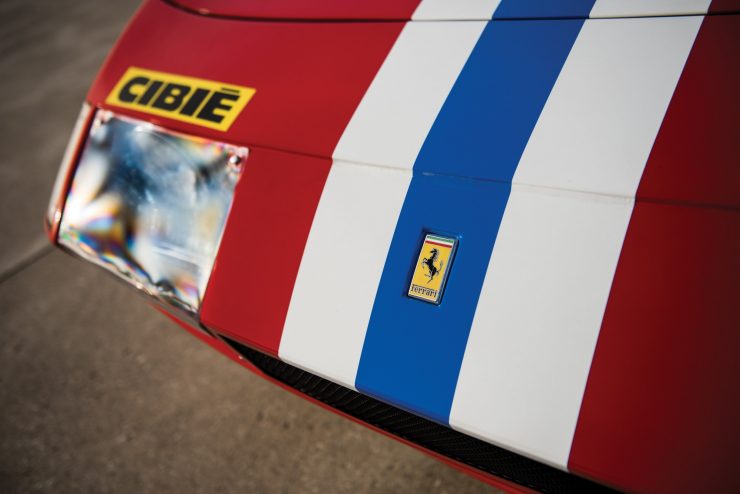
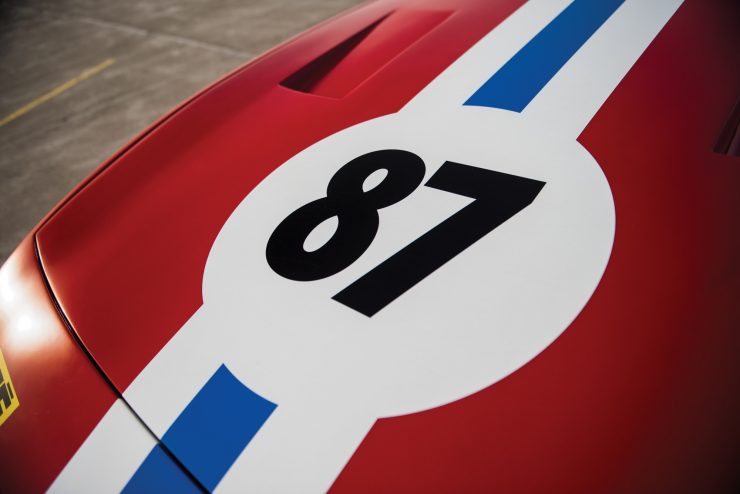
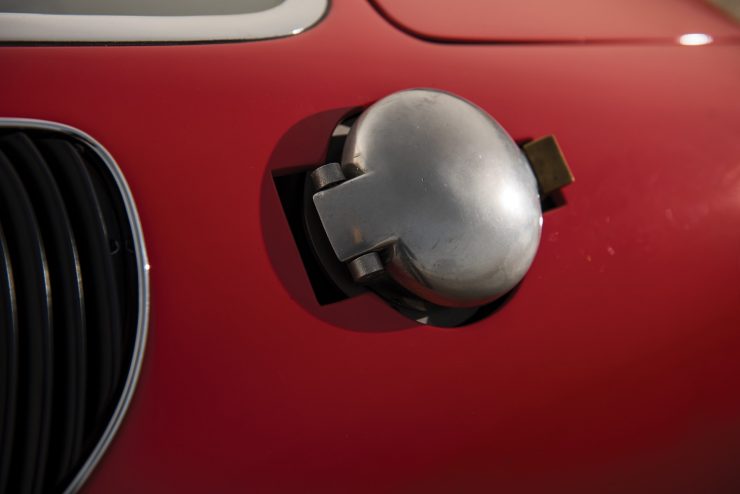
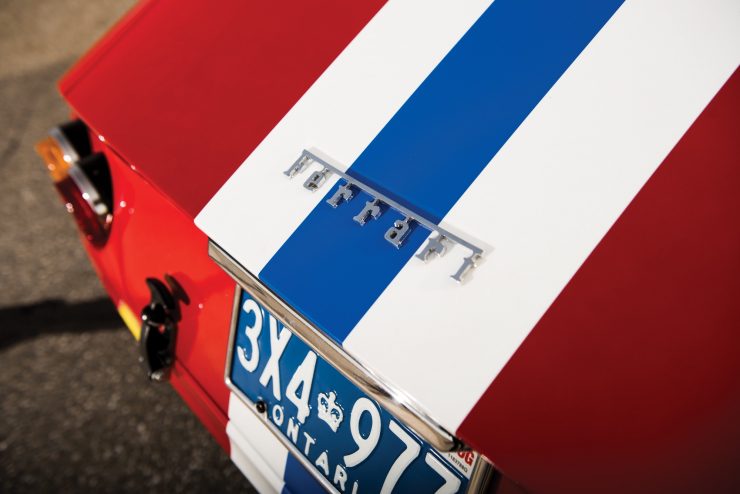
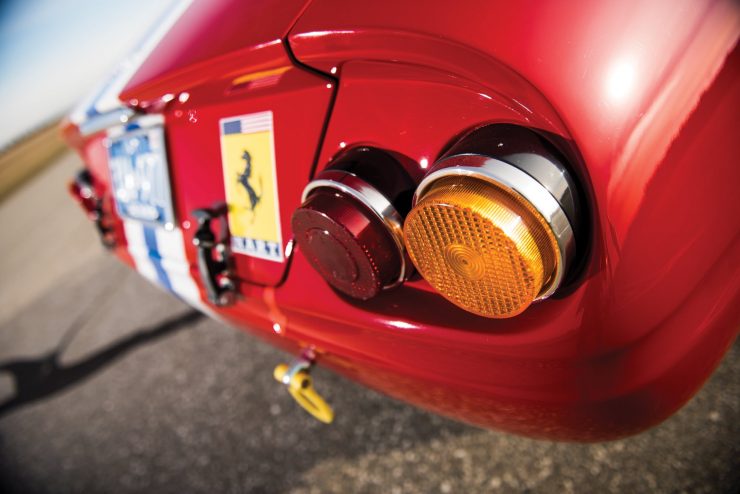
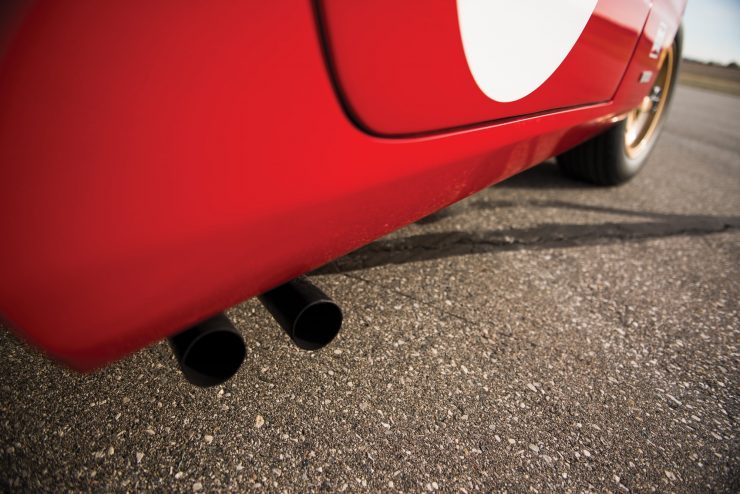
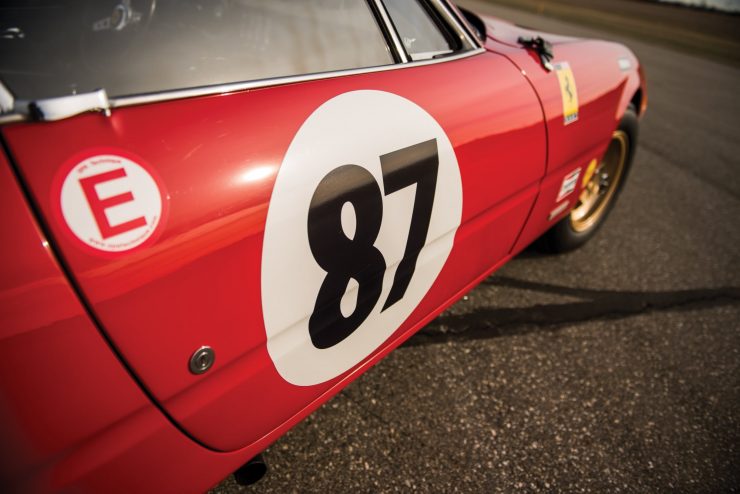
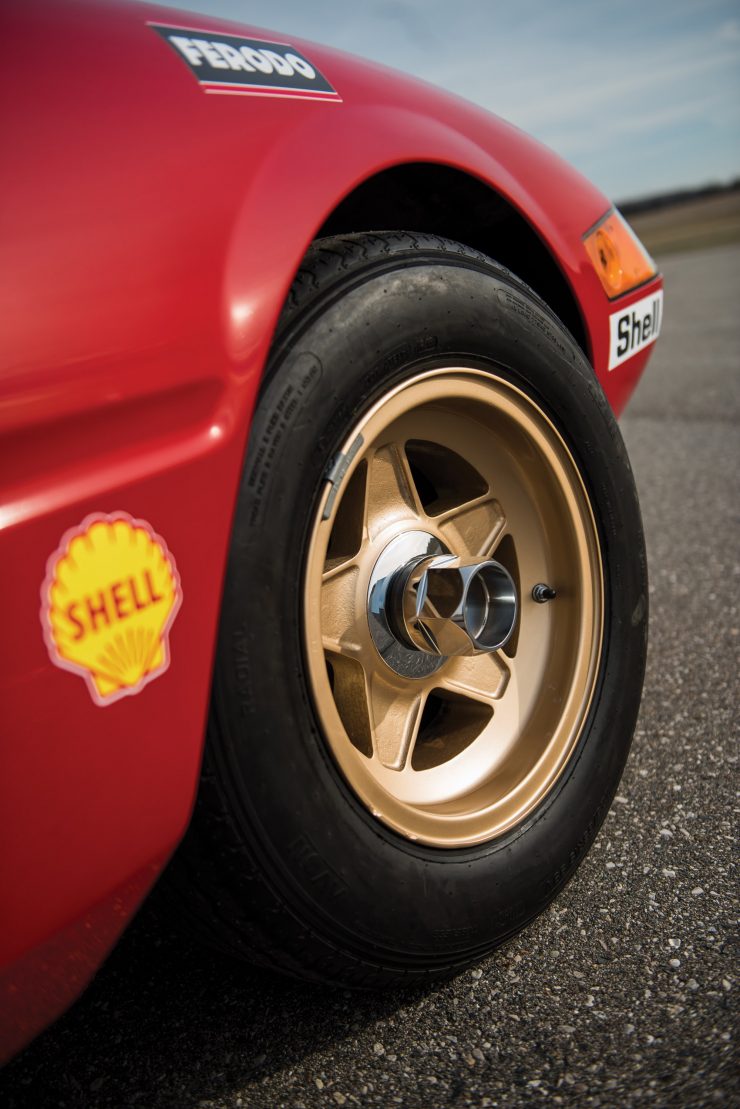
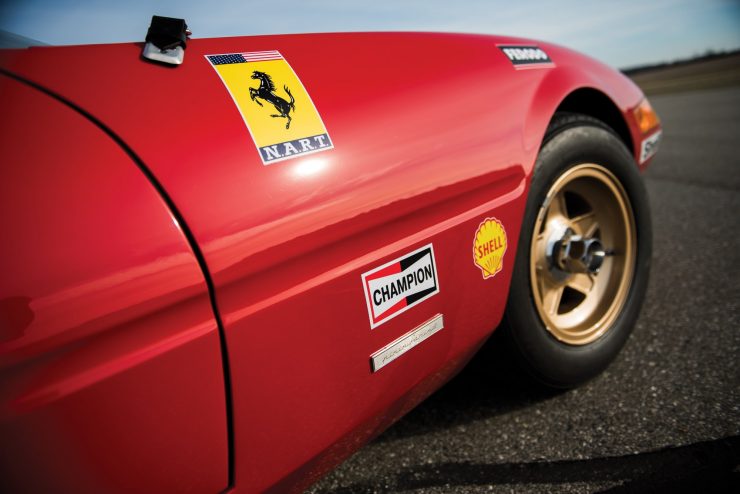
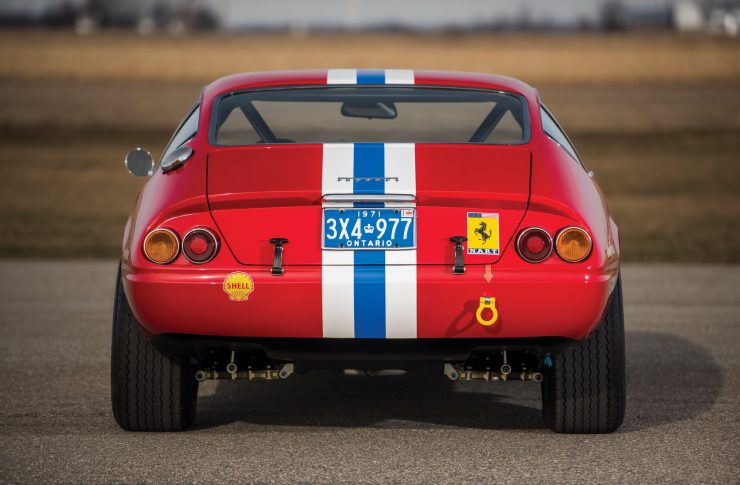
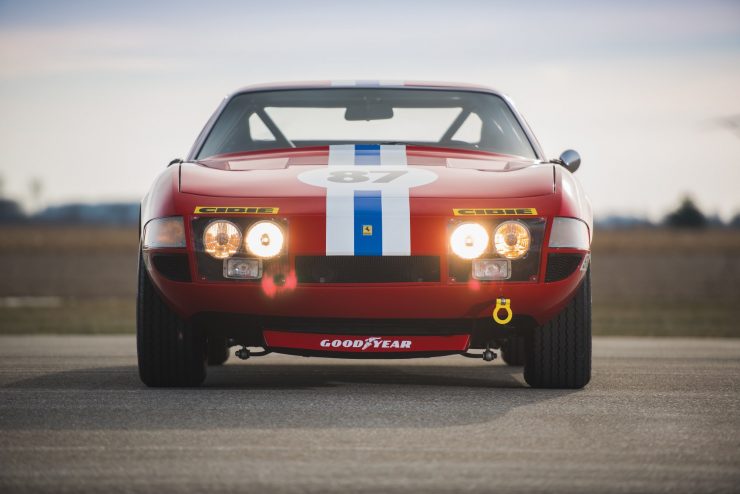
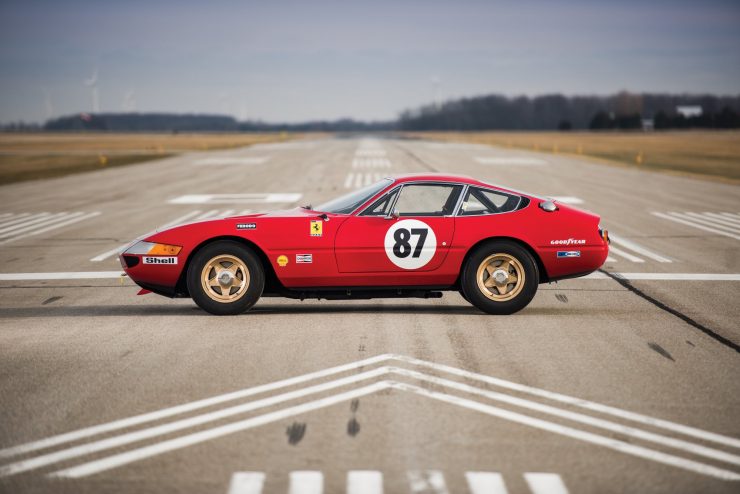
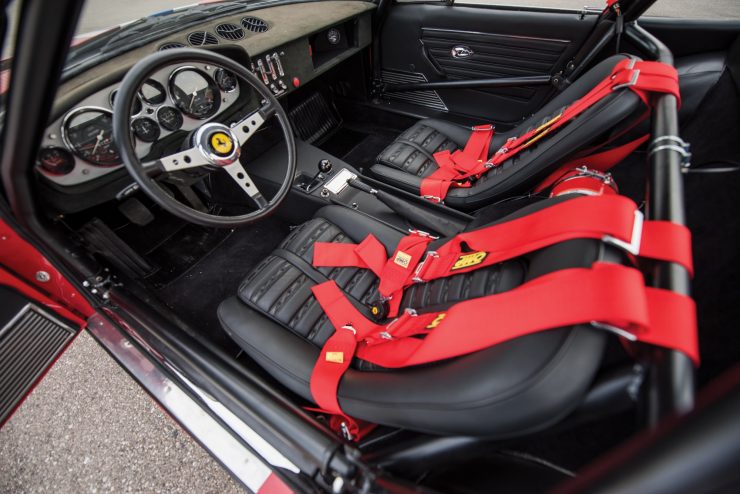
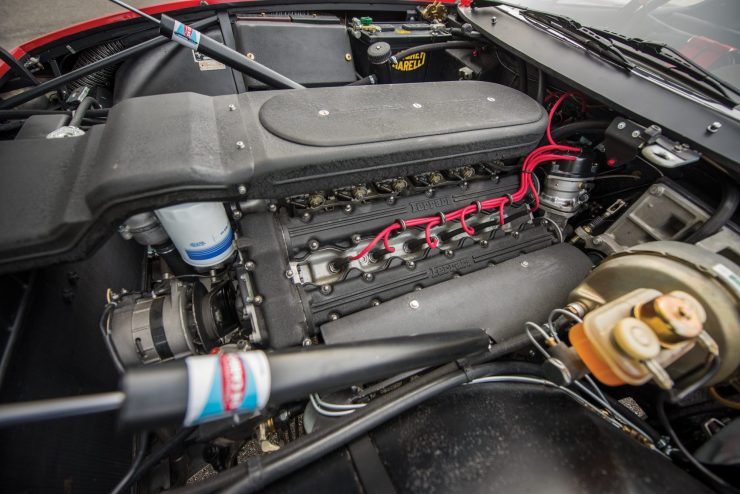
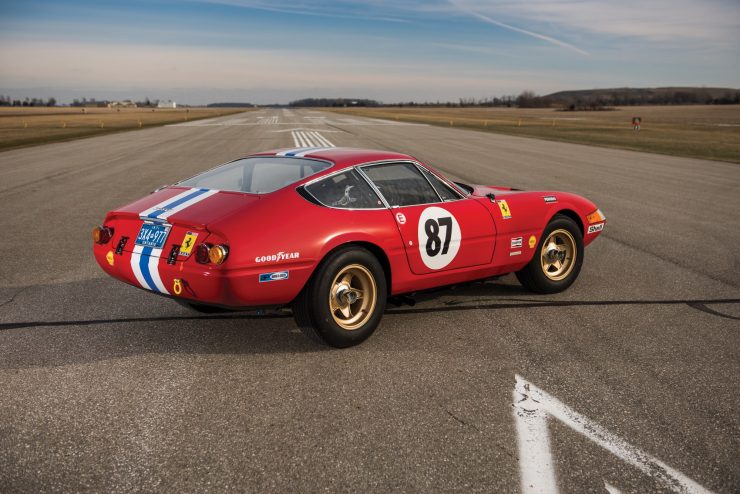
Photo Credits: Darin Schnabel ©2017 Courtesy of RM Sothebys

Articles that Ben has written have been covered on CNN, Popular Mechanics, Smithsonian Magazine, Road & Track Magazine, the official Pinterest blog, the official eBay Motors blog, BuzzFeed, Autoweek Magazine, Wired Magazine, Autoblog, Gear Patrol, Jalopnik, The Verge, and many more.
Silodrome was founded by Ben back in 2010, in the years since the site has grown to become a world leader in the alternative and vintage motoring sector, with well over a million monthly readers from around the world and many hundreds of thousands of followers on social media.

